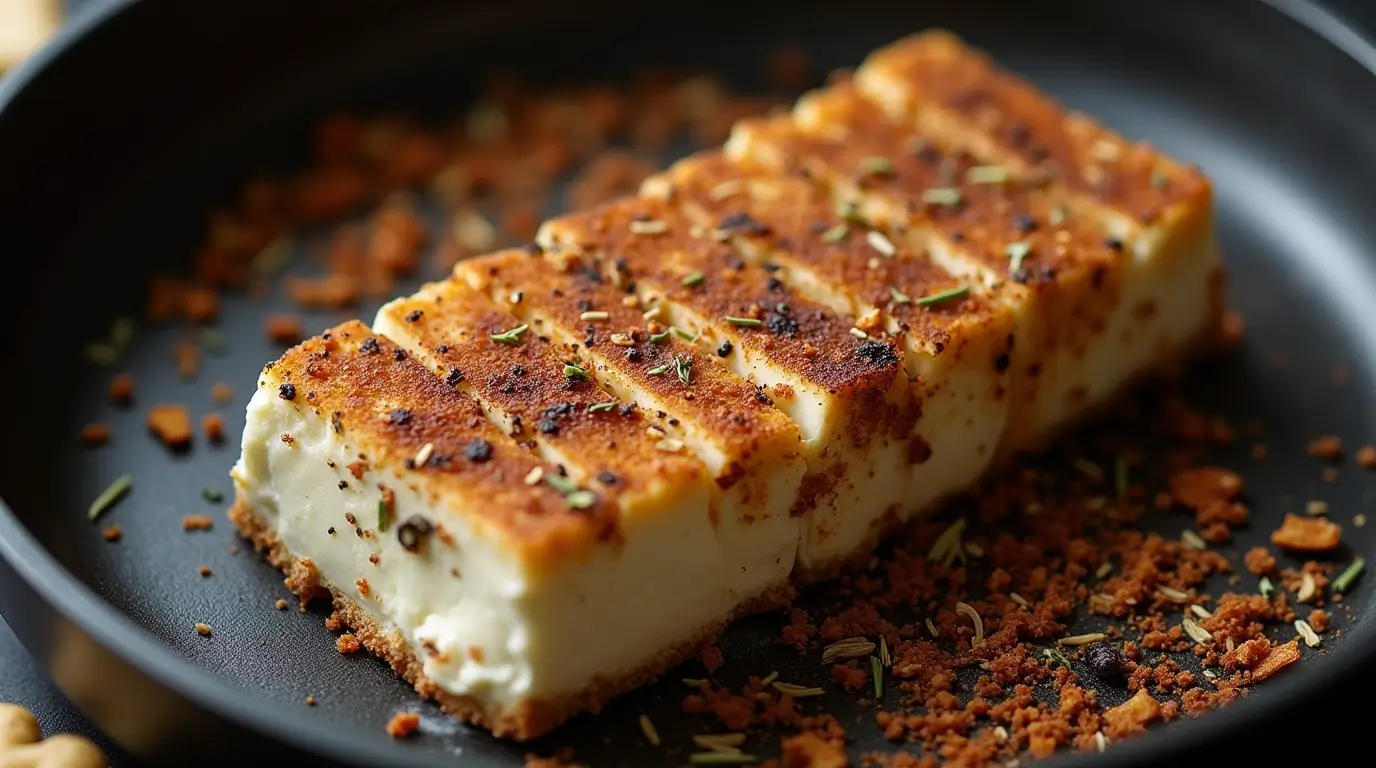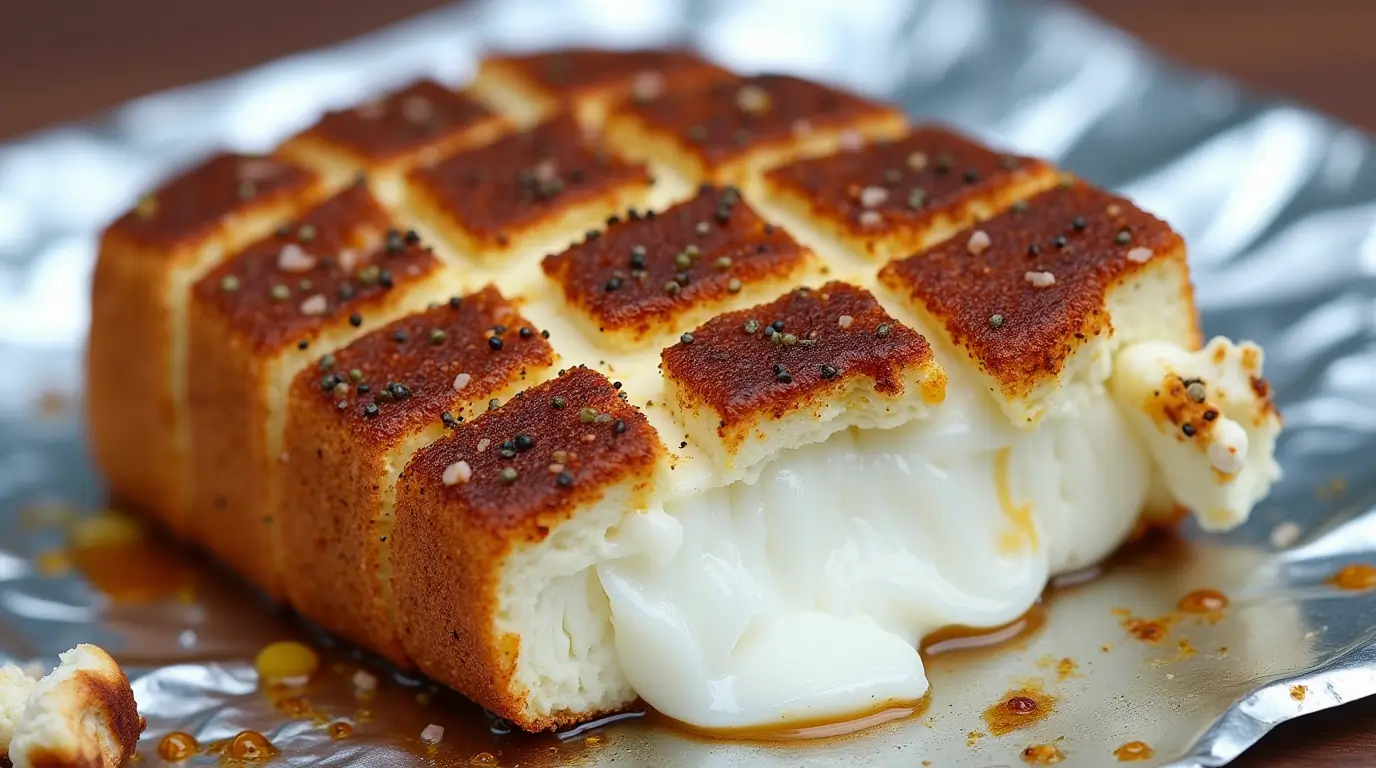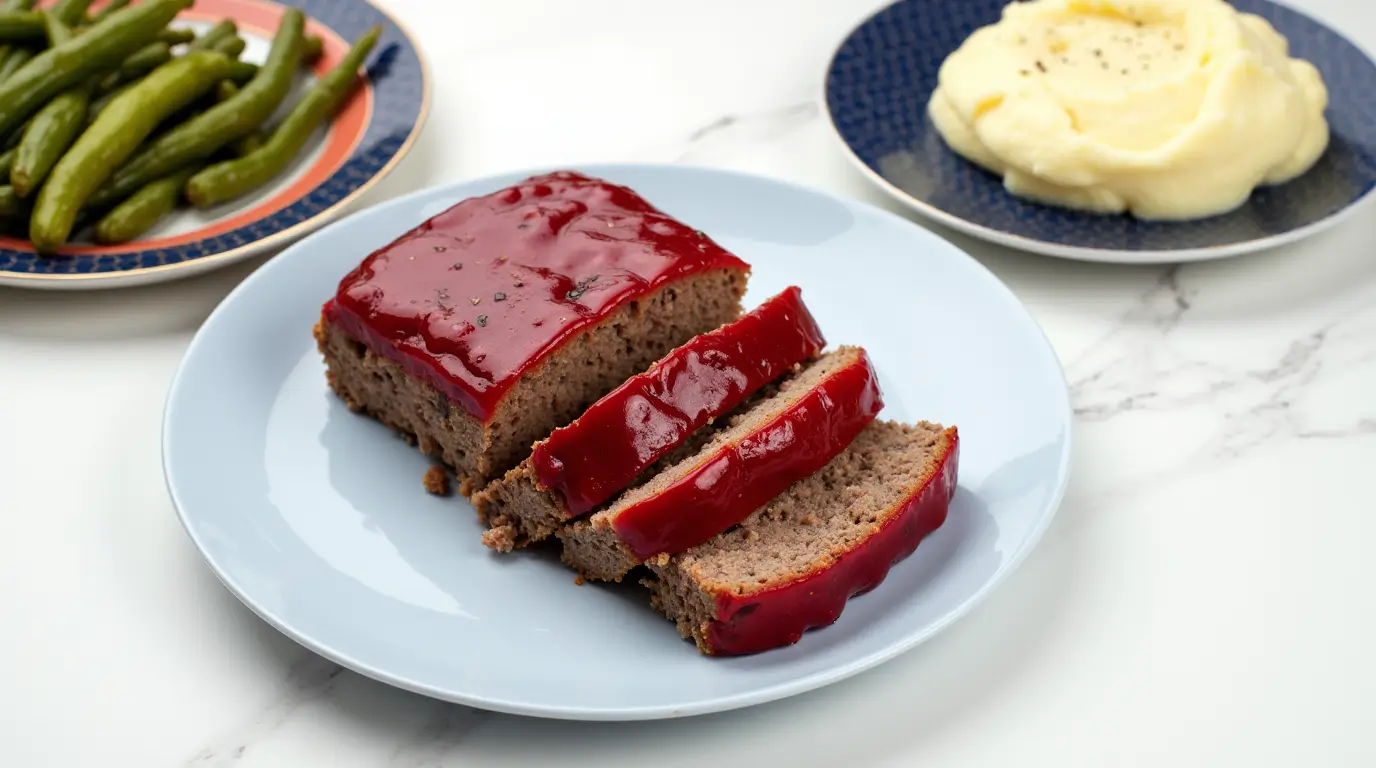
When you visit Chipotle, the rich, creamy flavor of their cheese is hard to ignore. Whether in a burrito, bowl, taco, or quesadilla, the cheese adds a delectable texture and enhances the flavor of every bite. But what exactly is this cheese, and why is it a key element in Chipotle’s offerings? This detailed article will explore the specific types of cheese used at Chipotle, their characteristics, why they were chosen, and how you can replicate that signature taste at home.
For those looking for deeper insights into the characteristics and benefits of Monterey Jack cheese, you can explore The Spruce Eats’ profile on Monterey Jack. Additionally, for nutritional information, NutritionData provides valuable details about various cheeses.
The Main Cheese Used at Chipotle
1. Monterey Jack: The Star Ingredient
Monterey Jack is the primary cheese used in most Chipotle dishes. It is a semi-soft cheese that originated in California and is known for its mild, buttery flavor and smooth texture. The cheese melts beautifully, making it ideal for warm dishes.
- Flavor Profile: Monterey Jack has a subtle, rich taste that pairs well with a wide variety of foods. It has a slightly creamy, almost buttery flavor that balances out the more robust, spicy ingredients commonly found in Mexican cuisine.
- Melting Quality: The melting properties of Monterey Jack are what make it so well-suited for Chipotle’s dishes. It melts evenly and smoothly, creating a rich, cohesive layer that holds together the various components of the dish.
2. The Blend: Monterey Jack and White Cheddar
In addition to using Monterey Jack, Chipotle enhances the flavor profile of their dishes with a blend of Monterey Jack and white cheddar. This combination creates a balanced taste that is both creamy and tangy, offering a deeper and more satisfying flavor.
- Why a Blend? The combination of Monterey Jack and white cheddar creates a harmonious blend of textures and flavors. The creamy consistency of Monterey Jack pairs seamlessly with the sharper, more complex notes of white cheddar.
- Common Uses: This blend is especially popular in Chipotle’s quesadillas, tacos, and bowls, where it can be melted for a rich, gooey texture. The combination ensures that the cheese not only adds flavor but also holds its structure under heat, making it perfect for topping grilled meats, beans, and rice.
Why Chipotle Uses These Cheeses
The choice of Monterey Jack and white cheddar at Chipotle is strategic. These cheeses were selected for their unique properties that complement the other ingredients in the menu items.
- Flavor Balance: The mild, buttery notes of Monterey Jack balance out the spiciness and bold flavors found in Chipotle’s proteins, such as barbacoa, carnitas, and sofritas. The white cheddar adds a subtle sharpness that enhances the taste without being overpowering.
- Melting Characteristics: Both cheeses melt seamlessly, making them perfect for warm dishes. This ensures that the cheese creates a cohesive texture in burritos and quesadillas, allowing it to spread evenly across the dish.
- Consistency in Dishes: The blend maintains a perfect balance between smooth melting and a non-greasy finish, ensuring the dish remains appetizing from the first bite to the last.
The Flavor and Texture of Chipotle’s Cheese
The flavor and texture of Chipotle’s cheese are integral to the eating experience. The combination of Monterey Jack and white cheddar provides a creamy base with a slight tang, creating a layered taste profile that enhances the overall dish.
- Creaminess with a Tangy Edge: The blend of Monterey Jack and white cheddar is unique in that it combines the best of both worlds. Monterey Jack’s creamy, buttery flavor is complemented by the sharper, tangier notes of white cheddar.
- Texture That Elevates: The texture is smooth and melts evenly, which helps to bind the ingredients in a burrito or bowl. This not only adds a cheesy flavor but also improves the overall structure of the dish, preventing it from falling apart.
Preparation and Sourcing of Cheese at Chipotle
Chipotle’s commitment to quality extends to how they source and prepare their cheese. Unlike many other fast-food chains that use pre-packaged, processed cheese, Chipotle takes a different approach to ensure freshness and quality.
Sourcing of the Cheese
- Ethical Sourcing: Chipotle partners with suppliers that emphasize sustainable and ethical farming practices. This means that the Monterey Jack and white cheddar used are produced with a focus on quality, animal welfare, and environmental sustainability.
- High Standards: The dairy used for the cheese comes from farms that meet Chipotle’s strict guidelines, ensuring that the cheese not only tastes good but is also made responsibly.
Preparation Process
- In-House Shredding: One of the key differences at Chipotle is that the cheese is shredded in-house daily. This practice maintains the moisture content and flavor of the cheese, preventing it from drying out or developing the chalky texture that is common in pre-shredded cheese.
- No Additives: By shredding their own cheese, Chipotle avoids using anti-caking agents or preservatives, which are often added to pre-shredded cheese to keep it from clumping. This results in a purer, more natural cheese that melts better and tastes fresher.
How to Use Similar Cheeses at Home
For those who love the taste of Chipotle’s cheese and want to recreate it at home, it’s easier than you might think. Here’s how you can do it:
- Cheese Selection: To mimic the Chipotle experience, use equal parts Monterey Jack and white cheddar. This blend will provide the same balance of creaminess and sharpness.
- Shred Your Own: Always buy blocks of cheese and shred them yourself. Pre-shredded cheese often contains anti-caking agents that can affect its melting quality and taste.
- Melting Techniques: When melting this cheese blend, use low to medium heat to prevent it from becoming too greasy or separating. This method ensures an even melt, perfect for quesadillas, burritos, or nachos.
Applications:
- Quesadillas and Tacos: Use the cheese blend as the primary filling in quesadillas or as a topping for tacos to replicate the Chipotle flavor.
- Burritos and Bowls: Add the cheese on top of warm ingredients so that it melts naturally, creating a cohesive layer of flavor.
Nutritional Value of Chipotle’s Cheese
Understanding the nutritional value of the Monterey Jack and white cheddar used at Chipotle is important for those who are health-conscious.
- Calories: One ounce of Monterey Jack has approximately 100 calories, while white cheddar contains around 110 calories per ounce.
- Protein Content: Both cheeses provide about 7 grams of protein per serving, which is a significant contribution to the daily recommended intake.
- Fat Composition: The cheeses have around 8 to 9 grams of fat per ounce, including both saturated and unsaturated fats.
These nutritional properties make the cheese blend at Chipotle a moderate choice in terms of calorie density, offering a good balance of protein and fats without overwhelming the meal.
Vegan and Dairy-Free Alternatives
For those who are vegan or lactose-intolerant, there are plenty of alternatives that can replicate the flavor and texture of Chipotle’s cheese.
- Plant-Based Cheeses: Brands that offer plant-based cheeses made from cashews, almonds, or soy can provide a good melting texture and mild flavor. These cheeses are often available in shredded form, which is ideal for adding to burritos and quesadillas.
- Coconut Oil-Based Cheeses: Cheeses that use coconut oil as a base tend to have better melting properties and a neutral flavor, making them a great option for vegan dishes.
For more on vegan cheese choices, you can refer to Healthline’s comprehensive guide on vegan cheese.
FAQs Section
Q1: Can I buy the same cheese that Chipotle uses in stores?
Yes, you can purchase Monterey Jack and white cheddar at most grocery stores. For a flavor closest to Chipotle’s, choose high-quality brands without additives or preservatives.
Q2: Is Chipotle’s cheese gluten-free?
Yes, Chipotle’s cheese is gluten-free. It does not contain any wheat-based additives, making it safe for those with gluten sensitivities or celiac disease.
Q3: What makes Chipotle’s cheese different from store-bought Monterey Jack?
Chipotle shreds its cheese fresh daily, which preserves its moisture and enhances its melting quality. Store-bought pre-shredded cheese often contains anti-caking agents that can affect the melt and taste.
Q4: Does Chipotle ever use other cheeses for special menu items?
While Chipotle primarily uses Monterey Jack and white cheddar, special or limited-time items may sometimes include different cheeses or cheese blends for unique flavor profiles.
Conclusion
The combination of Monterey Jack and white cheddar at Chipotle is more than just an ingredient; it’s a carefully chosen component that adds to the overall dining experience. This cheese blend provides a perfect balance of creamy texture and sharp flavor that complements the restaurant’s fresh, bold ingredients. By sourcing high-quality cheese and preparing it in-house daily, Chipotle ensures that each dish meets their high standards for taste and quality.
For those who love the flavor of Chipotle’s cheese and want to try it at home, using a blend of Monterey Jack and white cheddar is a simple and effective way to capture that authentic taste. Whether you’re making a burrito, bowl, or quesadilla, the cheese blend will elevate your dish and bring the essence of Chipotle to your kitchen.









